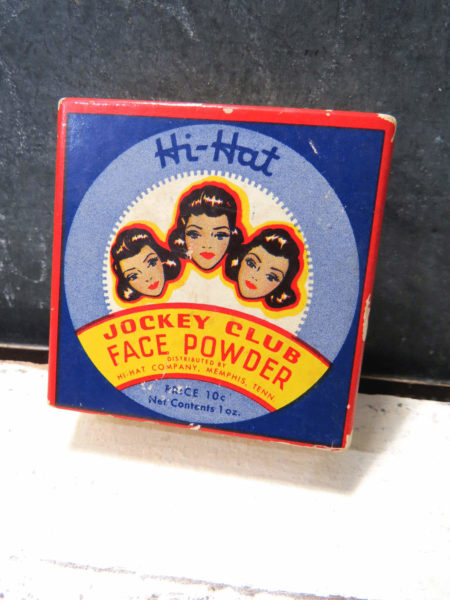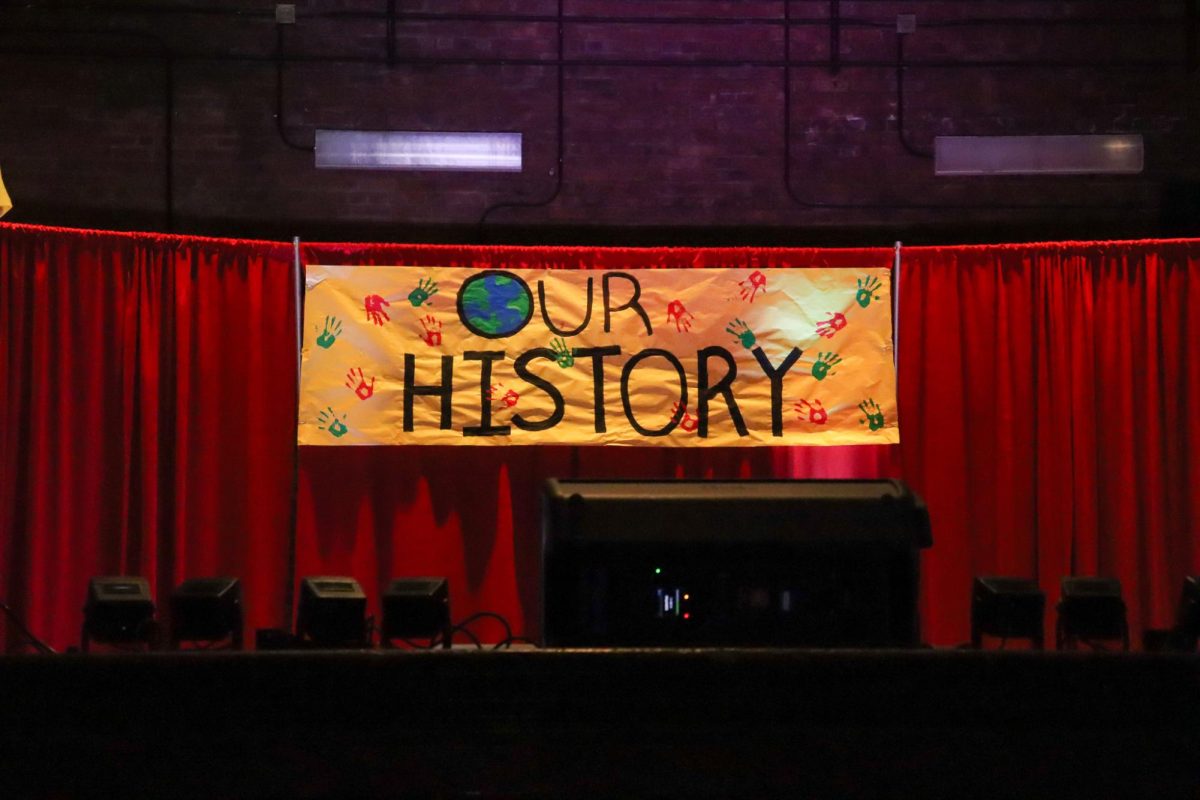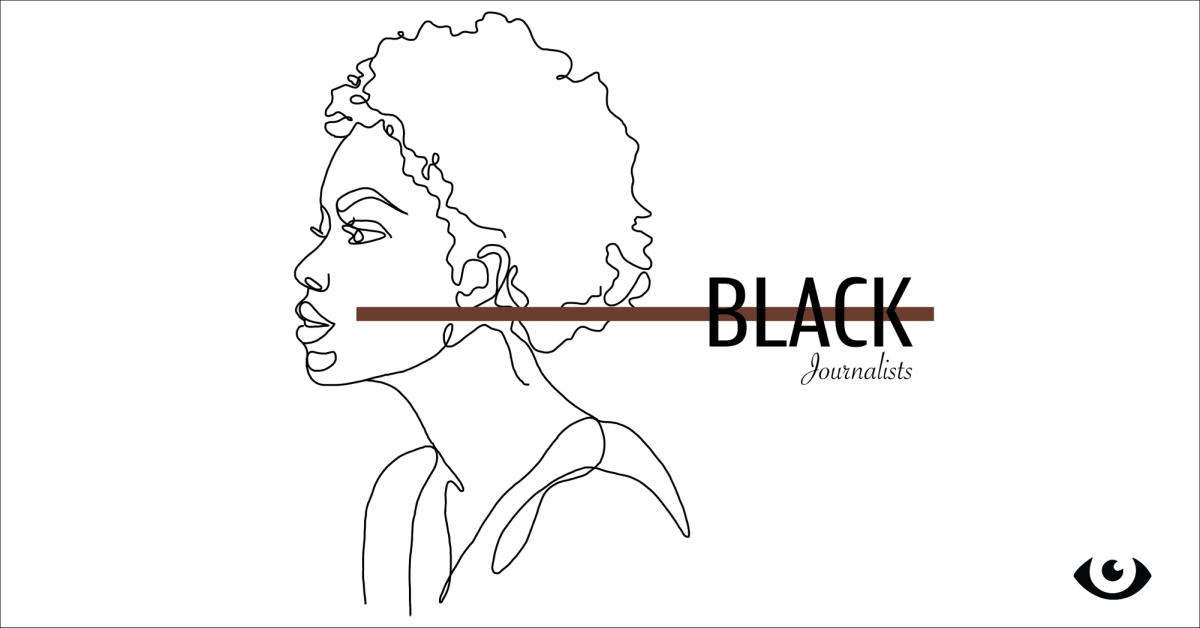If you’ve ever gone shopping for makeup or hair products before, you know how frustrating it can be trying to find something that matches you perfectly, and how satisfying it is to walk out of the store with a wonderful find that you can’t wait to test out.
For people of color (POC) that feeling of satisfaction can be extremely rare. More often is the feeling of disappointment and a handful of items to attempt to “mix-and-match” the way to a good shade or texture for skin or hair. Depending on the budget, it may be even more difficult. But gradually over the years, the beauty industry has been making progress towards even tones for all.

In the 1800s, the little makeup marketed towards women of color were mostly face powders and creams such as Hi-Hat powder, which came in shades of brown such as toasted chestnut and copper bronze, yet the packaging had white women on it.
Throughout the later part of the century there were products such as “brightening face” and hair creams designed to lighten black women’s pigmentation and bring them closer to the “ideal” European beauty standard.
By the 1920s, the industry was starting to show change. The Poro Products company was an extremely successful international company selling its wares—shampoos and scalp treatments to grow, straighten and nurture black hair—across the U.S., Africa, South America and the Caribbean. The company was founded by the dark skinned high school dropout Annie Turnbo Malone, who had created products herself at 20 years old. Malone rose to fame and fortune, gradually becoming one of the nation’s wealthiest black women.
One of Malone’s 175 employees and protege, Sarah Breedlove, invented a hair growth formula and straightening method for black hair in 1905. She quit her job at Poro, moved to Colorado, married Mr. Charles Walker, started to go by the surname “Madame C.J. Walker” and opened a second office in Pittsburgh.
Two years later Madame C. J. Walker opened her National Headquarters in Indianapolis, Indiana and quickly became one of the nation’s first self-made female millionaires.
Sarah Spencer started her hair salon in 1913 and, after stumbling upon a new method for straightening black hair, won a patent and in 1919 opened her company, Apex News and Hair Company.
As the 1930s arrived, Spencer’s company was the largest black-owned business in the state, and at the forefront of the nation’s black-led manufacturing companies. Her franchise grew to include Apex Publishing Company, which published Apex News, Apex Laboratories, Apex Drug Company and Apex Beauty College, as well as 11 beauty schools in the US and more overseas. Spencer became one of the first black millionaires and was crowned Most Distinguished Businesswoman of the nation at the 1939 World’s Fair.
Nobia Franklin was one of the first people to start creating beauty products for black skin of which lightening wasn’t the key point. In 1915, Franklin turned her beauty salon into a chain and gradually grew to open schools and training centers across the nation to teach others using her methods and products.
In 1954, George E. Johnson creates the Johnson Products Company which sold Ultra Wave Hair Culture, men’s hair straightener that claimed to be permanent and could be easily used at home.
The ’70s saw the rise of companies using popular black celebrity representatives for their new lines of product or even their brand itself. Actors and actresses, singers and comedians, performers of all kinds. But even as the market diversified and started having lines and certain products made with POC in mind, it still was uncommon and strained the budget.
This changed in late 2017 when popular singer Rihanna released her makeup line, Fenty, which within two months outsold almost every other cosmetic company. This was due to the fact that Rihanna had created the brand in order to address and fill the void in the makeup industry—one she couldn’t help but see as a woman of color spending a significant part of her life on the red carpet, on stage and in the spotlight.
Fenty was created for women of color by women of color, and it flew off the shelves. Other companies noticed and quickly struggled to create their own lines of “diverse” products, but many fell short of the intended effect. Was it too little, too late in the history of makeup for mainstream companies to finally notice an untapped and undervalued market?




